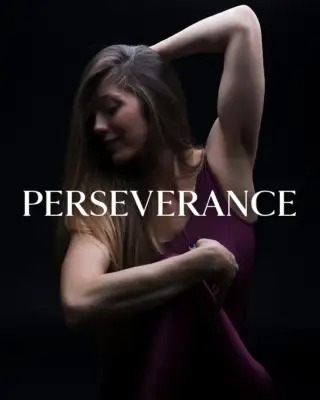Benefits Of Adding Passive Assisted Stretching In Your Daily Routine
Passive assisted stretching involves using an external force or support to help stretch the muscles. This type of stretching is often done with a partner or by using a stretching machine. Including passive assisted stretching in your daily routine may improve flexibility and muscle recovery while reducing stress on the body.
Find here several reasons to consider adding this practice to your day.
Improved flexibility:
Passive assisted stretching allows the muscles to relax and extend beyond their typical range of motion. With the aid of external support, your body can achieve deeper stretches than might be possible during regular stretching. Over time, this can lead to increased flexibility and range of motion in the joints and muscles, making everyday movements feel easier.
Reduced muscle tension:
Using an external force during stretching helps release tension in the muscles, especially in areas that are prone to stiffness, like the back and legs. This relaxation of muscle fibers during passive stretching can reduce tightness and discomfort, making it an excellent option for those who experience muscle tension from sitting for long periods or physical activity.
Faster muscle recovery:
After intense physical activity, muscles can become sore and tight. Passive assisted stretching can aid in speeding up the recovery process by increasing blood flow to the muscles. The external support used in this type of stretching helps promote better circulation, delivering nutrients and oxygen to the muscles, which assists in the healing and recovery process.
Reduced risk of injury:
By gently lengthening the muscles with external support, passive assisted stretching may lower the risk of injury. Stretching helps improve the flexibility of tendons and ligaments, which can increase the stability of the joints. A more flexible body is less likely to experience strains or sprains during physical activities, providing extra protection for muscles and joints.
Stress relief:
Stretching has been shown to reduce stress by encouraging relaxation. Passive assisted stretching is particularly effective for this, as it allows the body to relax fully without the effort of active engagement. This can lead to a calm, stress-free state of mind, which is beneficial for mental health. By making it a part of your daily routine, you may find it easier to unwind after a busy day.
